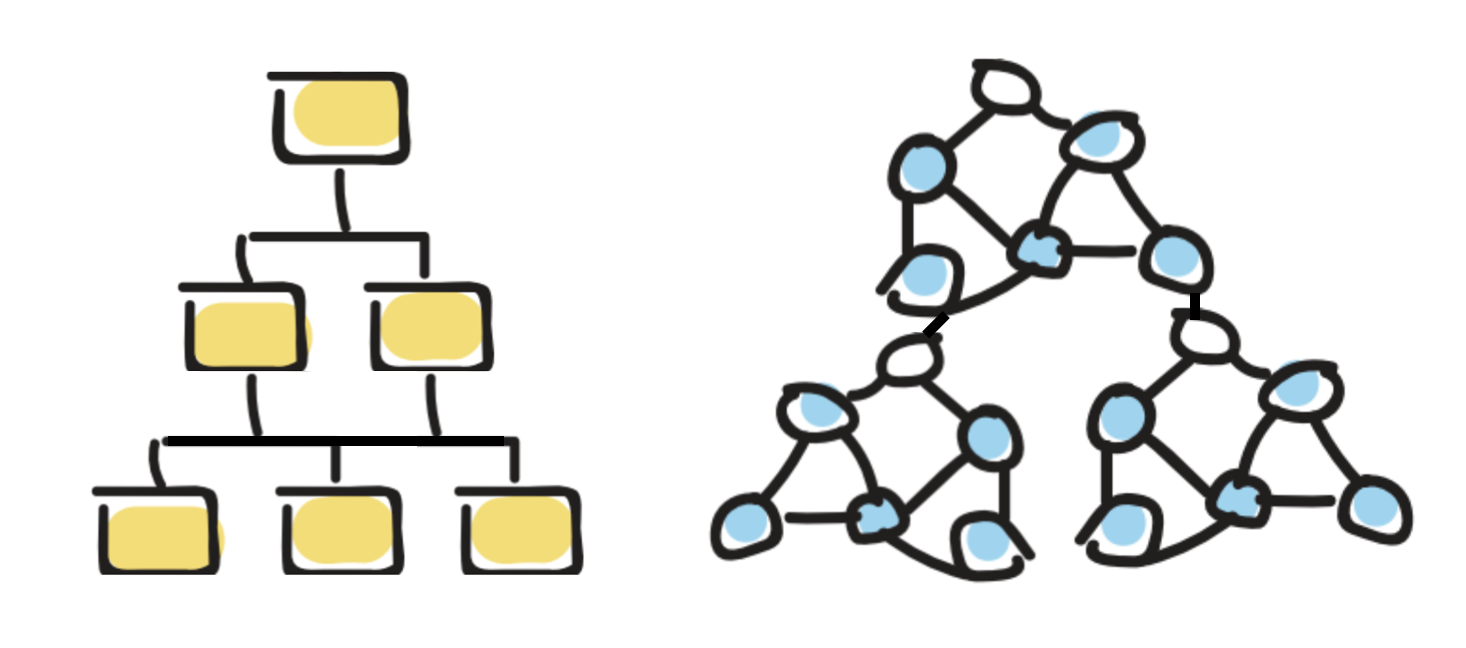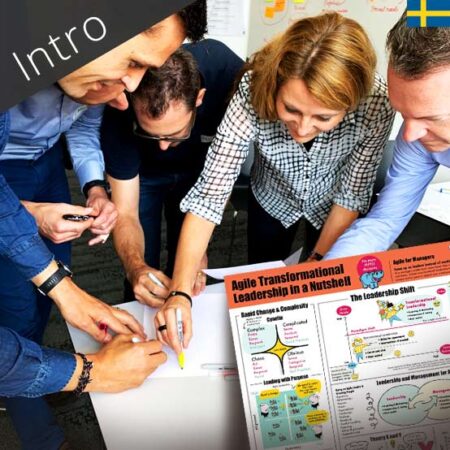I have worked with many leaders in several different organizations over the years, and have come to learn that often times leaders struggle with finding out which role to play in an Agile organization.
Old school leadership was a lot about managing people to fit into your old way of doing things in your organization. A more modern (and Agile!) approach to leadership is to unleash the power that resides in your organization, by focusing your leadership skills on building structures and systems that enable the people’s skills to deliver high value at the right time. Here I have collected some of my learnings that I hope can help you on your journey.

So what does “Manage the system” really mean?
“Manage the system, not the people” means that you as a leader create organizational context (structures, systems, and conditions) that support both autonomy and alignment. In doing so, teams can deliver value at a high pace and work together with other teams in order to optimize the business outcome of your entire organization.
Transformational Leaders Naturally Manage the System
When you become a transformational leader by adjusting your leadership style according to context and building organizational structures that support alignment and autonomy, you naturally create ways to manage the system and allow the people in your organization to grow and glow within the structure.
- Transformational leaders recognize that teams operate in a larger context and that structures and systems within a given context (such as rewards and information flow and quality) can either promote great teamwork or create obstacles to excellent collaboration.
- Transformational leaders align organizational structures with business strategies and goals in ways that support well-functioning and high-performing teams that are able to innovate, solve complex problems, and deliver at a high pace.

Key Patterns that create environments conductive for high performing teams
There are a number of key patterns that create an environment conductive for well-functioning and high-performing teams. When they are in place, they set the stage for the teams to be able to innovate, solve complex problems and deliver at a high pace. Teams by itself are a pattern that increase employee engagement 🙂
- Clear Purpose – Purpose leads to focus, which increases the speed and value delivered by the teams.
- Mandate – A clear mandate minimizes bureaucracy, which increases the speed & possible innovation of the team.
- Small and Stable Teams (Brooks Law) – Team size really matters. Teams of 5-7 people who are high performing are faster.
- T-Shaped – T-shape increases the speed of team deliveries by 100%
- Employee Engagement – Being in a team gives a sense of belonging and context, which increases employee engagement by 100%.

Did you like this post? We also recommend these posts on Agile Leadership
>> Agile Leadership vs. Agile Management
>> How to Form a Team in 10 minutes
>> Starting an Agile Leadership Team
>> 5 Common Mistakes when Forming Agile Leadership Teams
>> The 7 Conditions for Effective Agile Leadership Teams
Follow us on LinkedIn for daily updates >



